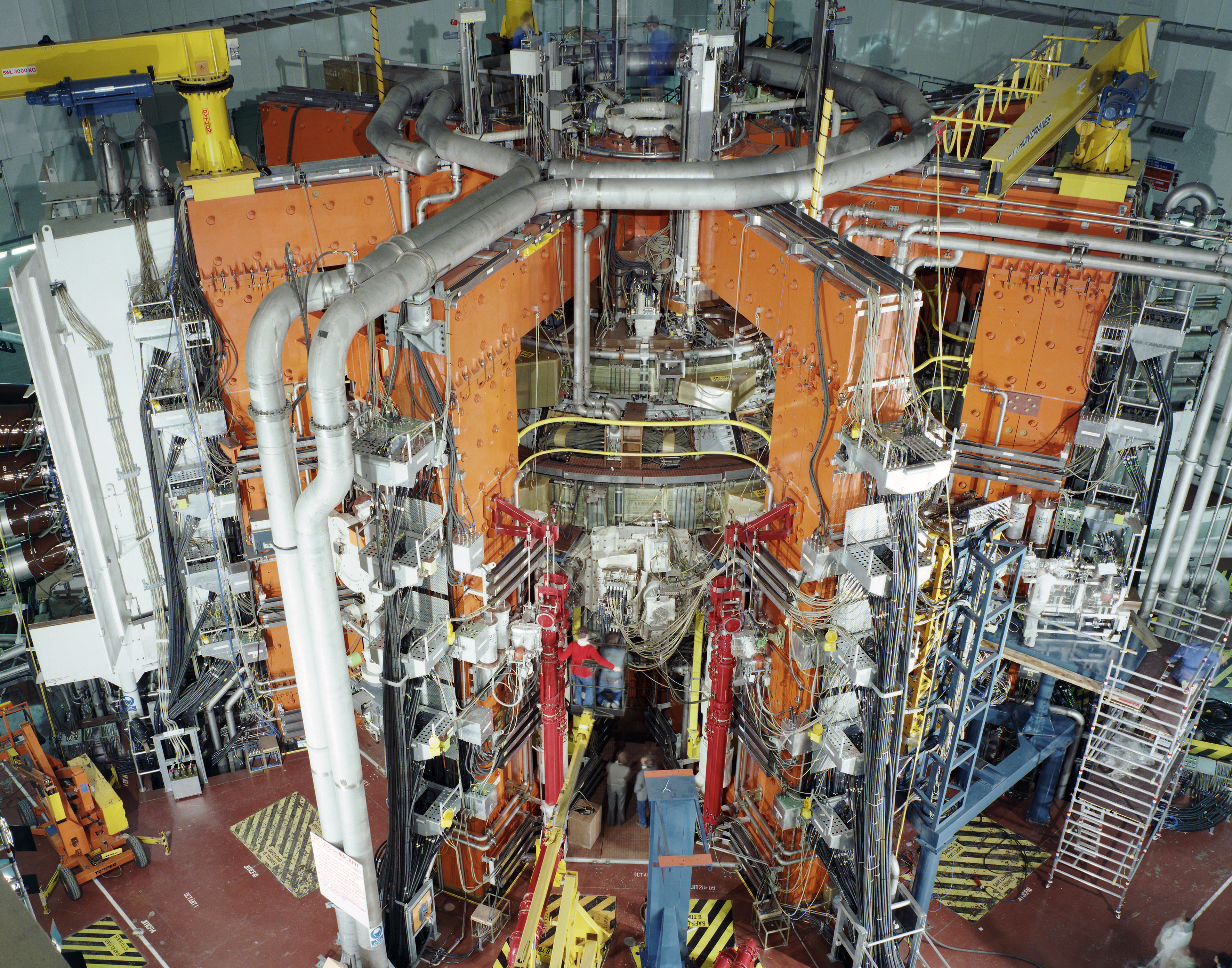Nuclear Fusion Reactor Design
- Introduction to Fusion Energy
- The Tokamak Design
- The Stellarator Design
- The Inertial Confinement Fusion
- The Magnetic Confinement Fusion
- The Field-Reversed Configuration and Other Emerging Designs
- Safety, Waste and Environmental Impact
- Future of Fusion & Course Review
The Field-Reversed Configuration and Other Emerging Designs
Emerging Designs in Fusion Reactors

Experimental type of electricity generation using nuclear fusion.
As the world continues to grapple with the challenges of climate change and the need for sustainable energy sources, the field of fusion energy is constantly evolving. This article will explore some of the most promising emerging designs in fusion reactor technology, their potential impact on the future of fusion energy, and the challenges and opportunities they present.
Introduction to Emerging Designs
Fusion reactor technology is a rapidly evolving field, with new designs and concepts being proposed and tested regularly. These emerging designs aim to overcome the challenges faced by traditional fusion reactor designs, such as the Tokamak and Stellarator, and to make fusion energy more efficient, reliable, and commercially viable.
Some of the most promising emerging designs include the Spherical Tokamak, the Compact Fusion Reactor, and the Levitated Dipole Experiment. These designs aim to improve upon the traditional Tokamak design by reducing the size and complexity of the reactor, increasing the efficiency of the fusion process, and making the reactor more stable and easier to control.
Potential Impact of Emerging Designs
The potential impact of these emerging designs on the future of fusion energy is significant. By making fusion reactors more efficient and easier to control, these designs could make fusion energy a more viable and reliable source of power. This could help to reduce our reliance on fossil fuels and contribute to the fight against climate change.
Furthermore, by reducing the size and complexity of fusion reactors, these designs could make fusion energy more commercially viable. This could lead to the development of a new industry centered around fusion energy, creating jobs and driving economic growth.
Challenges and Opportunities
Despite the promise of these emerging designs, they also present a number of challenges. These include technical challenges related to the design and construction of the reactors, as well as regulatory and economic challenges related to the commercialization of fusion energy.
However, these challenges also present opportunities. By overcoming these challenges, we can learn more about the fusion process and improve our understanding of this potentially transformative technology. Furthermore, the development of a fusion energy industry could drive innovation and economic growth, creating opportunities for businesses and individuals alike.
In conclusion, while the path to commercial fusion energy is still fraught with challenges, the emerging designs in fusion reactor technology offer a promising path forward. By continuing to innovate and push the boundaries of what is possible, we can make fusion energy a reality and help to create a more sustainable and prosperous future.